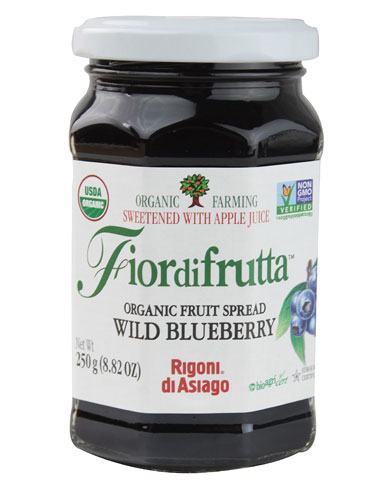Japan food exports to Taiwan contain cesium
 May 21, 2015
May 21, 2015 In the wake of the continuing Fukushima catastrophe, countries such as Korea and China are concerned that contaminated food is being exported from Japan. In a recent report by SimplyInfo.org, data from Taiwan showing food imports (primarily green tea) from Japan have contained radioactive cesium levels below Taiwan’s limit of 370 Bq/kg, but above Japan’s limit of 100 Bq/kg. The monitoring program in Taiwan is spot-checking these imports, so this contaminated tea was discovered in only a fraction of food coming from Japan, meaning additionally contaminated food could have been missed. In addition, Taiwan had already banned food from areas in Japan considered most contaminated, so this food was imported from areas in Japan considered “safe”. Taiwan tested teas that were harvested after the Fukushima catastrophe began. However, in 2011 and 2012, the US Food Drug Administration only tested tea varieties that would have been harvested in 2010, thereby having escaped contamination, making the FDA tea tests completely meaningless.
This unsettling discovery demonstrates that people in other countries are being sold food that is contaminated above Japan’s allowable limit, but below that of the receiving country—a concern that has been expressed time-and-again by Fukushima Fallout Awareness Network (FFAN) of which Beyond Nuclear is a coalition partner. While the allowable limit of radioactive cesium in Japan is 100 Bq/kg, in Taiwan it is 370 Bq/kg, and in the U.S. it is 1200 Bq/kg with no real explanation as to why, say, a pregnant woman in the U.S. should be allowed to ingest 12 times the radioactive poison of a pregnant woman in Japan. These inconsistent limits may not make biological sense, but they do make sense when taken in context of this statement by ICRP (International Commission on Radiological Protection--the body which generates statements governments rely on to set radiation exposure standards.) “There may be a situation where a sustainable agricultural economy is not possible without placing contaminated food on the market. As such foods will be subject to market forces, this will necessitate an effective communication strategy to overcome the negative reactions from consumers outside the affected areas.” This is the price of the continued use and catastrophic meltdowns of nuclear power.
Japan has filed a complaint with the WTO over Korean Fukushima-related import bans and additional testing requirements, demonstrating that countries trying to protect themselves from contaminated food could be facing international adjudication through the WTO. Japan told the WTO in October 2014 “more than 99 percent of food items were below standard limits, and strict measures prevented the sale or export of any food exceeding those limits.” But since measurement of food is so spotty, both from the importer and exporter, a statement like this is not only meaningless, but deceptive. Further, if every country’s contamination limits are different, in reality, there are no standard limits, no matter what the WTO or Japan contends.
 If the Trans-Pacific Partnership is approved, these penalties could get a lot worse (link to Part 1 of a 5 part FFAN series on the TPP and contaminated food from Japan) and could include taxpayer compensation for corporate lost revenue due to such disputes.
If the Trans-Pacific Partnership is approved, these penalties could get a lot worse (link to Part 1 of a 5 part FFAN series on the TPP and contaminated food from Japan) and could include taxpayer compensation for corporate lost revenue due to such disputes.
But the radioisotope cesium isn't the only concern. There is also strontium. Strontium-90 is much more difficult to measure than cesium-137. To avoid this inconvenience, strontium is often assumed or calculated to be in a ratio with cesium-137 such that a certain amount of measurable cesium would have a known accompanying smaller amount of strontium-90. Originally for contamination in Japan, strontium content was thought to be 10% of whatever the cesium-137 content was. However, after testing food in Japan, researchers have discovered that the initial ratio of strontium to cesium-137 is more than two times the amount of cesium-137. More importantly, it also means that the various country limits set for radioactive cesium in food may no longer protect from the increased health impact of the strontium-90 that may be lurking in imports from Japan.
 admin |
admin |  Post a Comment |
Post a Comment | 





